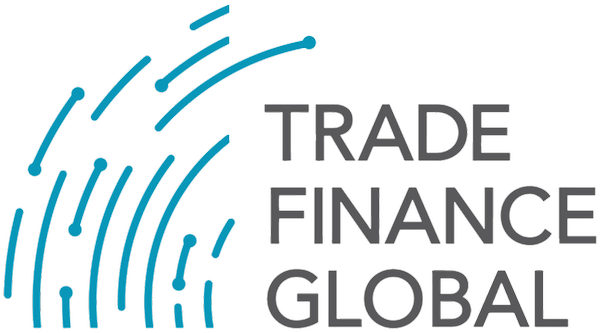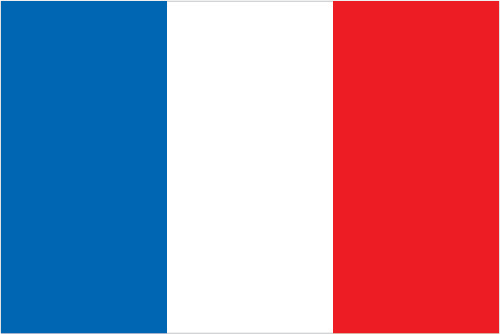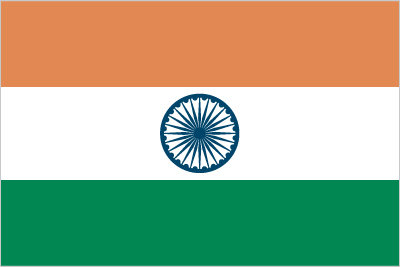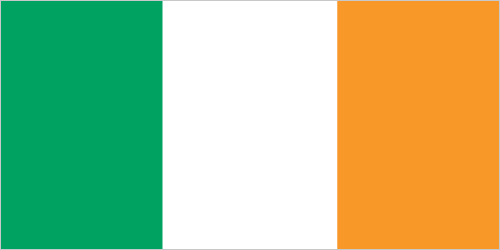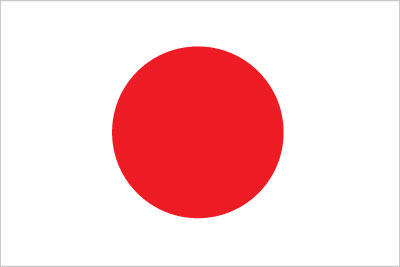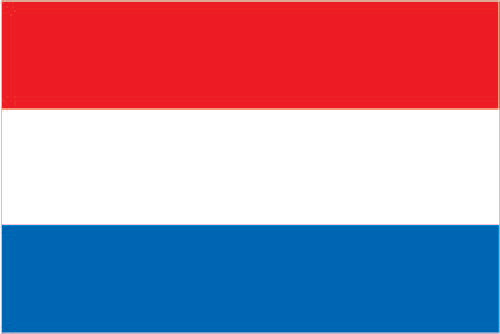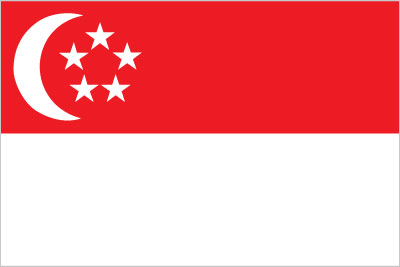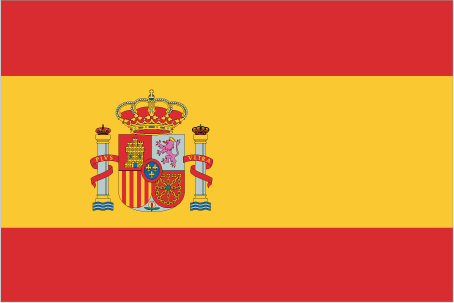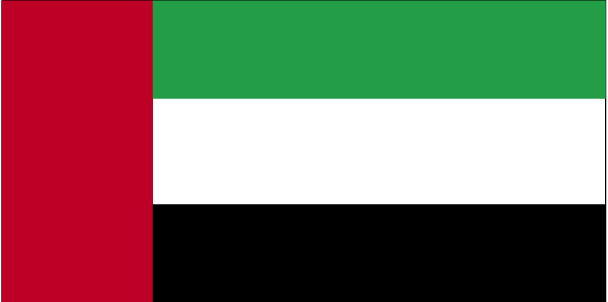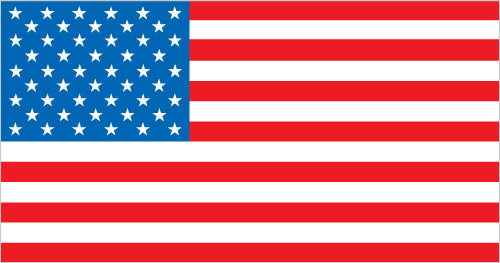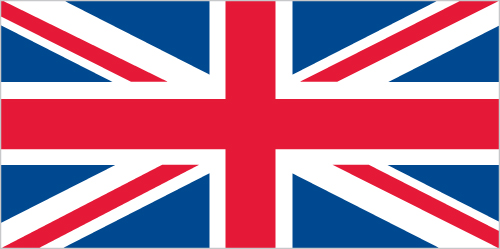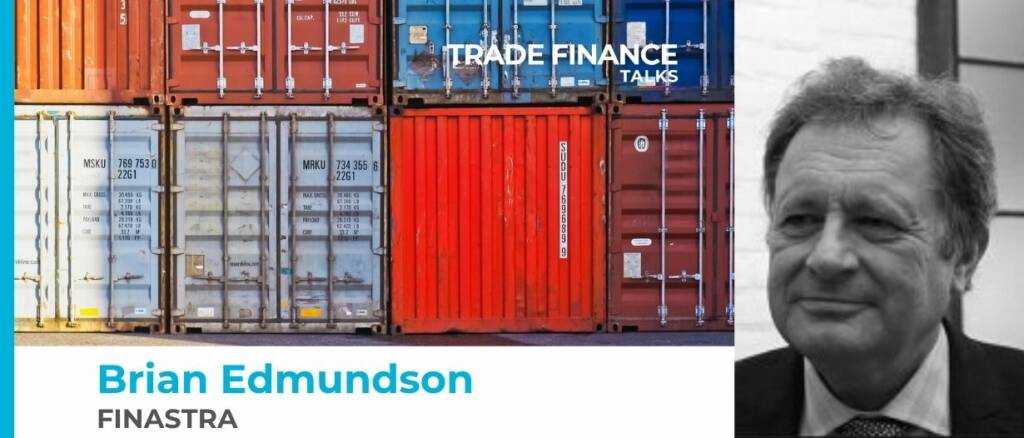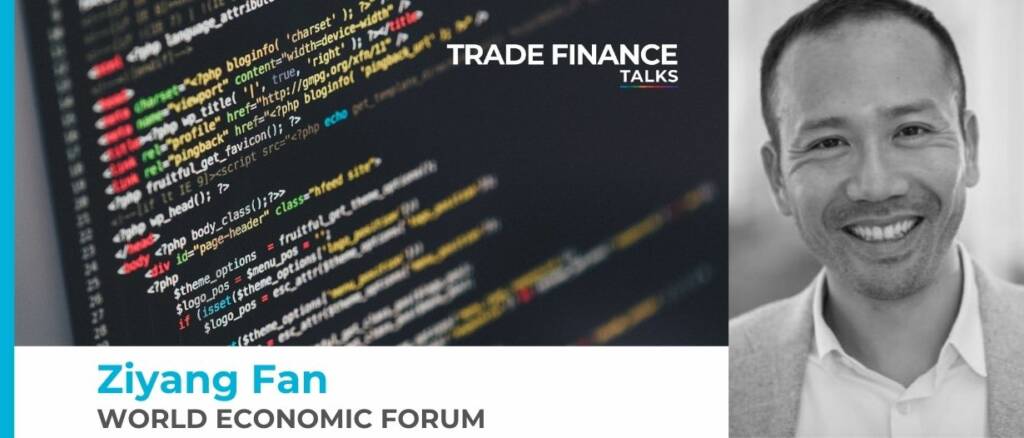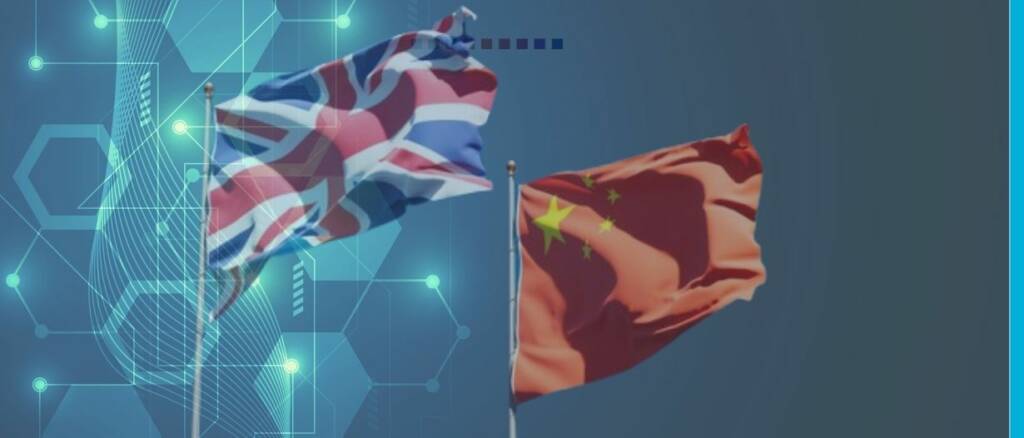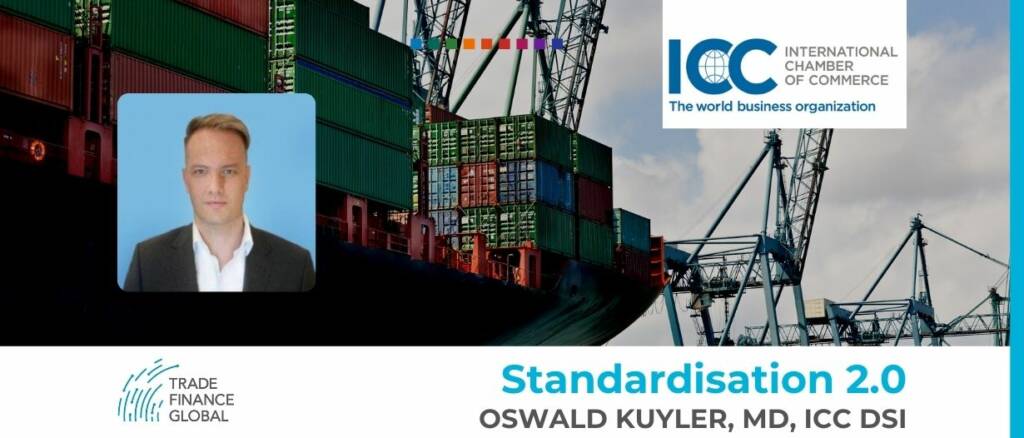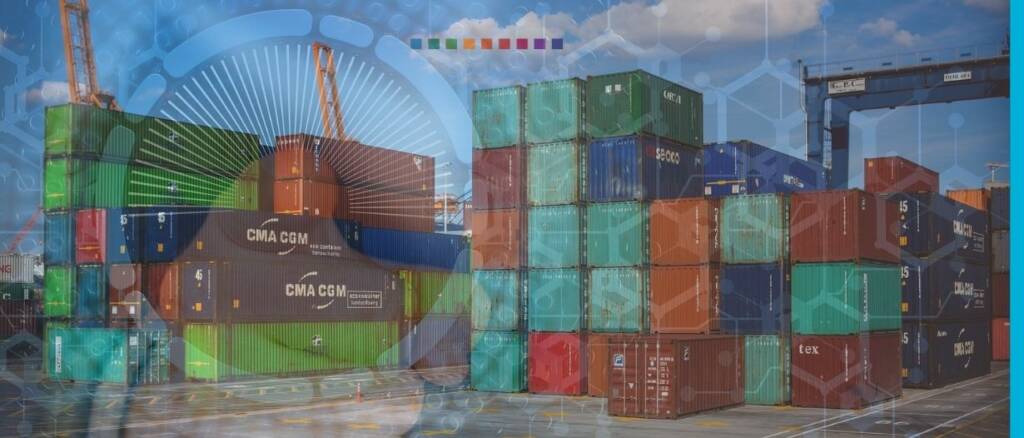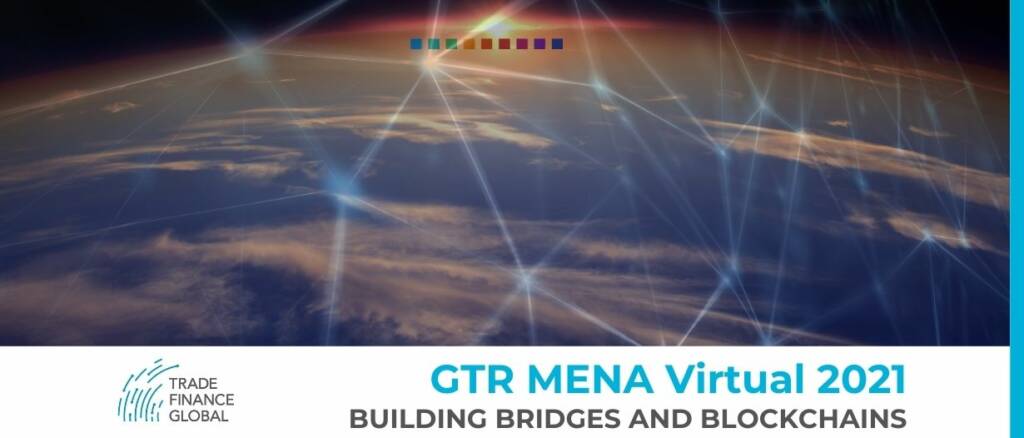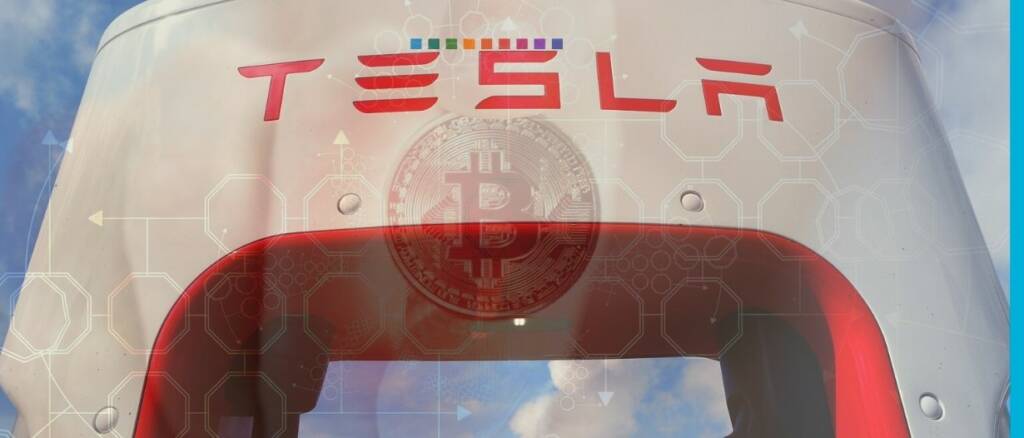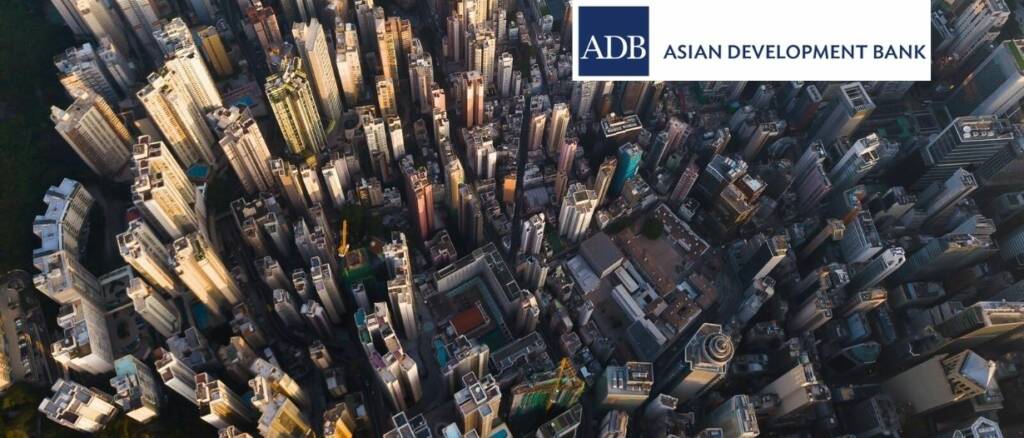Digitalising these documents may seem like a bridge too far for some banks, but the risks of not investing in these technologies are comparatively greater.
Ziyang David Fan at World Economic Forum discusses how TradeTech can help build a resilience in global value chains (GVCs)
The UK’s digital infrastructure helped the country rebound from the economic effects of COVID-19; however, it is still losing ground to Asia in the race for digitalisation, according to new… read more →
Oswald Kuyler, Managing Director of ICC DSI talks to TFG about promoting digital trade, harmonisation and trade standards.
Singapore is second only to Bahrain in adopting MLETR
A joint Scandinavian venture has successfully trialled digital export letters of credit (LCs) as part of a secure data sharing experiment. The technology group Wärtsilä has joined forces with SEB… read more →
All the insights from the first day of the biggest trade finance event in the MENA region.
Elon Musk’s frenzied announcements around this one cryptocurrency detract from the wider-reaching benefits of DLT
A flagship new report by Asian Development Bank proposes a 20 per cent growth in the digital sector could create an annual 65 million new jobs.
A reliance on paper has hindered commodity finance for far too long. It should welcome digitalisation with open arms.
